Aprovechamiento de los Recursos Renovables en la Sostenibilidad Energética de la Acuicultura Continental Peruana
Resumen
El objetivo de este trabajo fue identificar, las zonas de producción acuícola continental en el Perú en relación al potencial uso de los recursos energéticos renovables para su aprovechamiento sostenible. Se empleó el método deductivo para identificar los principios fundamentales relacionados con sistemas de energía, e inductivo para llegar a un enunciado general, un sistema híbrido basado en energías renovables, la investigación es descriptiva, con enfoque cualitativo. Entre los hallazgos destacan: Las regiones, Piura y San Martin son las zonas con crecimiento sostenido de producción acuícola continental y con potencial solar y eólico, considerando al cultivo de la especie Tilapia en el análisis de la efectividad.El desafío de la sostenibilidad energética puede ser enfrentado mediante el aprovechamiento de recursos renovables, como sistemas híbridos de energía renovable (HRES); en la región San Martin: PV/ /generador diésel/batería y para la Región Piura PV//eólica/generador diésel/batería. Para una demanda de 2,5 kW y un consumo energético diario 60kWh; para Región San Martin: la demanda eléctrica con energía convencional se cubre con generador Diesel (GD) de 8,2 kW, costos operativos, $14.358/año; alternativa añadir 9,0 kW PV y 35 kWh; en la Región Piura: atendida con energía convencional, Alternativa añadir 11 kW PV y 39 kWh.
Descargas
Citas
Badiola, M., Basurko, O. C., Piedrahita, R., Hundley, P., & Mendiola, D. (2018). Energy use in recirculating aquaculture systems (RAS): a review. Aquacultural engineering, 81, 57-70.
https://doi.org/10.1016/j.aquaeng.2018.03.003
Bharathi, S., Cheryl, A., Uma, A., Ahilan, B., Aanand, S., & Somu Sunder Lingam, R. (2019). Application of renewable energy in aquaculture. Aqua International, 48-54.
https://www.researchgate.net/publication/331716127
Bujas, T., Koričan, M., Vukić, M., Soldo, V., Vladimir, N., & Fan, A. (2022). Review of energy consumption by the fish farming and processing industry in Croatia and the potential for zero-emissions aquaculture. Energies, 15(21), 8197 https://doi.org/10.3390/en15218197
Buonomano, A., Barone, G., & Forzano, C. (2023). Latest advancements and challenges of technologies and methods for accelerating the sustainable energy transition. Energy Reports, 9, 3343–3355
https://doi.org/10.1016/j.egyr.2023.02.015
Campodónico, H., & Carrera, C. (2022). Energy transition and renewable energies: Challenges for Peru. Energy Policy, 171, 113261. https://doi.org/10.1016/j.enpol.2022.113261
CEPAL. (2024). CEPALSTAT Bases de Datos y Publicaciones Estadísticas. Producción Acuícola. https://statistics.cepal.org/portal/cepalstat/dashboard.html?lang=es
Chen, W., & Gao, S. (2023). Current status of industrialized aquaculture in China: A review. Environmental Science and Pollution Research, 30(12), 32278-32287.
https://link.springer.com/article/10.1007/s11356-023-25601-9
Clark, M. A., Domingo, N. G., Colgan, K., Thakrar, S. K., Tilman, D., Lynch, J., ... & Hill, J. D. (2020). Global food system emissions could preclude achieving the 1.5 and 2 C climate change targets. Science, 370(6517), 705-708. https://doi.org/10.1126/science.aba7357
Cornejo-Ponce, L., Vilca-Salinas, P., Lienqueo-Aburto, H., Arenas, M. J. (2020). Integrated aquaculture recirculation system (IARS) supported by solar energy as a circular economy alternative for resilient communities in arid/semi-arid zones in southern South America: A case study in the Camarones town. Water, 12(12), 3469 https://doi.org/10.3390/w12123469
Crippa, M., Solazzo, E., Guizzardi, D., Monforti-Ferrario, F., Tubiello, F. N., & Leip, A. J. N. F. (2021). Food systems are responsible for a third of global anthropogenic GHG emissions. Nature food, 2(3), 198-209.https://doi.org/10.1038/s43016-021-00225-9
Dolores-Salinas, E., & Miret-Pastor, L. (2024). Environmental certifications in Peruvian aquaculture. Aquaculture Reports, 38, 102314.https://doi.org/10.1016/j.aqrep.2024.102314
Erdemir, D., & Dincer, I. (2024). Development of renewable energy based green hydrogen and oxygen production and electricity generation systems for sustainable aquaculture. Journal of Cleaner Production, 434, 140081. https://doi.org/10.1016/j.jclepro.2023.140081
Eze, V. H. U., Mwenyi, J. S., Ukagwu, K. J., Eze, M. C., Eze, C. E., & Okafor, W. O. (2024). Design analysis of a sustainable techno-economic hybrid renewable energy system: Application of solar and wind in Sigulu Island, Uganda. Scientific African, 26, e02454.
https://doi.org/10.1016/j.sciaf.2024.e02454
FAO. 2020. El estado mundial de la pesca y la acuicultura 2020. La sostenibilidad en acción. Roma. https://doi.org/10.4060/ca9229es
FAO. 2022. The State of World Fisheries and Aquaculture 2022[El estado de la pesca y la acuicultura en el mundo 2022] Towards Blue Transformation. Rome, FAO.
https://doi.org/10.4060/cc0461en
Habibzadeh, S., Astaraei, F. R., & Jahangir, M. H. (2025). Sustainability assessment of a petrochemical plant electricity supply based on 4E optimization of various hybrid renewable energy systems scenarios. Energy Conversion and Management, 325, 119357.
https://doi.org/10.1016/j.enconman.2024.119357
Chen Shih , J. (2025). Relación entre inteligencia emocional y rendimiento académico en estudiantes de nivel superior de Arequipa en la postpandemia . Ciencia Y Reflexión, 4(2), 648–667. https://doi.org/10.70747/cr.v4i2.299
Alcántara , R. L. (2025). Acompañamiento Pedagógico Estrategia Colaborativa. Ciencia Latina Revista Científica Multidisciplinar, 9(3), 7881-7886. https://doi.org/10.37811/cl_rcm.v9i3.18412
Agila Mocha, R. J., Vivanco Ureña, C. I., León Bravo, F. E., & Reyes Carrión , J. P. (2025). Software Educativos para el Proceso de Enseñanza Aprendizaje de Matemáticas en Bachillerato. Ciencia Y Reflexión, 4(2), 1341–1369. https://doi.org/10.70747/cr.v4i2.334
Chen Shih , J. (2025). Relación entre inteligencia emocional y rendimiento académico en estudiantes de nivel superior de Arequipa en la postpandemia . Ciencia Y Reflexión, 4(2), 648–667. https://doi.org/10.70747/cr.v4i2.299
Quelal Morejón , C. E., Rogel Calderón , A. S., Loaiza Dávila , L. E., & Maqueira Caraballo, G. D. L. C. (2025). Los juegos predeportivos: una alternativa para la inclusión de estudiantes con Trastorno del Espectro Autista (TEA) a la clase de Educación Física. Arandu UTIC, 12(2), 2169–2189. https://doi.org/10.69639/arandu.v12i2.1055
Guadalupe Beltrán , E. S., Palomeque Zambrano, J. Y., & Loor Avila, B. A. (2025). Desafíos de la Educación Superior en Contextos Híbridos: Análisis de las Prácticas Docentes en la Universidad Estatal de Milagro durante el Periodo Académico 2025. Revista Veritas De Difusão Científica, 6(2), 1259–1281. https://doi.org/10.61616/rvdc.v6i2.685
Lozano Flores, L. D. (2025). Gamificación en el aprendizaje de unidades de tiempo: el caso de Sims 4. Emergentes - Revista Científica, 5(2), 68–86. https://doi.org/10.60112/erc.v5.i1.373
Velásquez Torres, A. O., González Bautista, G., Neira Vera , M., & García Montañez , A. M. (2025). Formación Docente en la Resolución Pacífica de Conflictos: Diagnóstico de una Necesidad Curricular en Colombia. Estudios Y Perspectivas Revista Científica Y Académica , 5(2), 2936–2952. https://doi.org/10.61384/r.c.a.v5i2.1329
Duarte Gahona, Y. K. (2025). Aplicación de la Inteligencia Artificial en la Personalización del Aprendizaje para Estudiantes con Necesidades Educativas Especiales . Revista Científica De Salud Y Desarrollo Humano , 6(2), 33–53. https://doi.org/10.61368/r.s.d.h.v6i2.575
Hassan, Q., Sameen, A. Z., Salman, H. M., Jaszczur, M., & Al-Jiboory, A. K. (2023). Hydrogen energy future: Advancements in storage technologies and implications for sustainability. Journal of Energy Storage, 72, 108404.
https://doi.org/10.1016/j.est.2023.108404
Hassan, Q., Viktor, P., Al-Musawi, T. J., Ali, B. M., Algburi, S., Alzoubi, H. M., ... & Jaszczur, M. (2024). The renewable energy role in the global energy Transformations. Renewable Energy Focus, 48, 100545.
https://doi.org/10.1016/j.ref.2024.100545
IRENA and FAO. 2021. Renewable energy for agri-food systems – Towards the Sustainable Development Goals and the Paris agreement. Abu Dhabi and Rome.
https://doi.org/10.4060/cb7433en
Jamroen, C. (2022). Optimal techno-economic sizing of a standalone floating photovoltaic/battery energy storage system to power an aquaculture aeration and monitoring system. Sustainable Energy Technologies and Assessments, 50, 101862.
https://doi.org/10.1016/j.seta.2021.101862
Khan, H. H. A., Ahmad, N., Yusof, N. M., & Chowdhury, M. A. M. (2024). Green finance and environmental sustainability: A systematic review and future research avenues. Environmental Science and Pollution Research, 31, 9784–9794.
https://link.springer.com/article/10.1007/s11356-023-31809-6
Kleeberg, F. (2019). Productividad y competitividad del sector acuícola en el Perú. CIEPLAN, Santiago.
https://www.cultura-ciudadana.org/wp-content/uploads/2020/05/PAPER-FERNANDO-KLEEBERG.pdf
Lee, N., Grunwald, U., Rosenlieb, E., Mirletz, H., Aznar, A., Spencer, R., & Cox, S. (2020). Hybrid floating solar photovoltaics-hydropower systems: Benefits and global assessment of technical potential. Renewable Energy, 162, 1415-1427.
https://doi.org/10.1016/j.renene.2020.08.080
Liu, G., Arthur, M., Viglia, S., Xue, J., Meng, F., & Lombardi, G. V. (2020). Seafood-energy-water nexus: A study on resource use efficiency and the environmental áreas seafood consumption in China. Journal of Cleaner Production, 277, 124088.
https://doi.org/10.1016/j.jclepro.2020.124088
Majeed, Y., Khan, M. U., Waseem, M., Zahid, U., Mahmood, F., Majeed, F., ... & Raza, A. (2023). Renewable energy as an alternative source for energy management in agriculture. Energy Reports, 10, 344-359. https://doi.org/10.1016/j.egyr.2023.06.032
Matulić, D., Andabaka, Ž., Radman, S., Fruk, G., Leto, J., Rošin, J., ... & Karoglan, M. (2023). Agrivoltaics and Aquavoltaics: Potential of Solar Energy Use in Agriculture and Freshwater Aquaculture in Croatia. Agriculture, 13(7), 1447.
https://doi.org/10.3390/agriculture13071447
Maulana, D. W., Rizwan, F. M., Mulyana, C., Faizal, F., Panatarani, C., & Joni, I. M. (2020, June). Gravitational water vortex pico hydro power modeling for aquaculture implementation. In Journal of Physics: Conference Series (Vol. 1568, No. 1, p. 012016). IOP Publishing.
https://iopscience.iop.org/article/10.1088/1742-6596/1568/1/012016/meta
Pesantez, J. P., Ríos Villacorta, A., & Redrován, J. G. (2021). Integración de Sistemas Solares Fotovoltaicos en el Sector Camaronero Intensivo y Extensivo del Ecuador: Caso de Estudio en la Provincia de El Oro. Revista Politécnica, 47(2), 7-1 https://doi.org/10.33333/rp.vol47n2.01
Pringle, A. M., Handler, R. M., & Pearce, J. M. (2017). Aquavoltaics: Synergies for dual use of water area for solar photovoltaic electricity generation and aquaculture. Renewable and Sustainable Energy Reviews, 80, 572-584.https://doi.org/10.1016/j.rser.2017.05.191
Puri, M., Kojakovic, A., Rincon, L., Gallego, J., Vaskalis, I. & Maltsoglou, I. (2023). The small-scale fisheries and energy nexus – Opportunities for renewable energy interventions [El nexo entre la pesca en pequeña escala y la energía: oportunidades para intervenciones en materia de energía renovable]. Rome, FAO. https://doi.org/10.4060/cc4903en
Rahman, M. M., & Alam, K. (2022). The roles of globalization, renewable energy and technological innovation in improving air quality: Evidence from the world’s 60 most open countries. Energy Reports, 8, 9889-9898. https://doi.org/10.1016/j.egyr.2022.07.165
Sadeghi, A., Maleki, A., & Haghighat, S. (2024). Techno-economic analysis and optimization of a hybrid solar-wind-biomass-battery framework for the electrification of a remote area: A case study. Energy Conversion and Management: X, 24, 100732.
https://doi.org/10.1016/j.ecmx.2024.100732
Saldarriaga, M., & Regalado, F. A. (2017). Potencial acuícola en el Perú. Revista Moneda, (172), 34-39.https://www.bcrp.gob.pe/publicaciones/revista-moneda/revista-moneda-172.html
Schmerler, Daniel; Velarde, José Carlos; Rodríguez, Abel y Solís, Ben (Editores) (2019). Energías renovables: experiencia y perspectivas en la ruta del Perú hacia la transición energética. Osinergmin. Lima-Perú.
Zhu, Z., Song, Z., Xu, S., Wang, S., Chen, X., Wang, Y., & Zhu, Z. (2024). The development of fishery-photovoltaic complementary industry and the studies on its environmental, ecological and economic effects in China: a review. Energy Nexus, 100316.
https://doi.org/10.1016/j.nexus.2024.100316
Superchi, F., Moustakis, A., Pechlivanoglou, G., & Bianchini, A. (2025). On the importance of degradation modeling for the robust design of hybrid energy systems including renewables and storage. Applied Energy, 377, 124645. https://doi.org/10.1016/j.apenergy.2024.124645
Suthisripok, T., & Semsamran, P. (2018). The impact of biodiesel B100 on a small agricultural diesel engine. Tribology International, 128, 397-409.
https://doi.org/10.1016/j.triboint.2018.07.042
Vásquez, Arturo; Tamayo, Jesús y Julio Salvador (Editores) (2017). La industria de la energía renovable en el Perú: 10 años de contribuciones a la mitigación del cambio climático. Osinergmin. Lima-Perú.
Vo, T. T. E., Ko, H., Huh, J. H., & Park, N. (2021). Overview of solar energy for aquaculture: The potential and future trends. Energies, 14(21), 6923.
https://doi.org/10.3390/en14216923
Xu, R., Farooq, U., Alam, M. M., & Dai, J. (2024). How does cultural diversity determine green innovation? New empirical evidence from Asia region. Environmental Impact Assessment Review, 106, Article 107458. https://doi.org/10.1016/j.eiar.2024.107458
Youssef, A. A., Barakat, S., Tag-Eldin, E., & Samy, M. M. (2023). Islanded green energy system optimal analysis using PV, wind, biomass, and battery resources with various economic criteria. Results in Engineering, 19, 101321.
https://doi.org/10.1016/j.rineng.2023.101321
Zhang, R., Chen, T., Wang, Y., & Short, M. (2023). Systems approaches for sustainable fisheries: A comprehensive review and future perspectives. Sustainable production and consumption. https://doi.org/10.1016/j.spc.2023.08.013
Derechos de autor 2025 Amancio Ramiro Rojas Flores

Esta obra está bajo licencia internacional Creative Commons Reconocimiento 4.0.




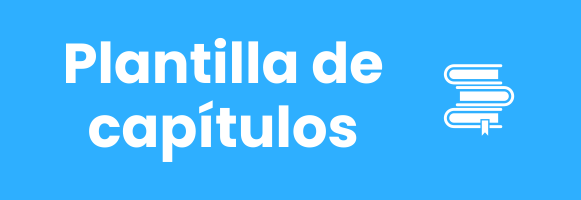
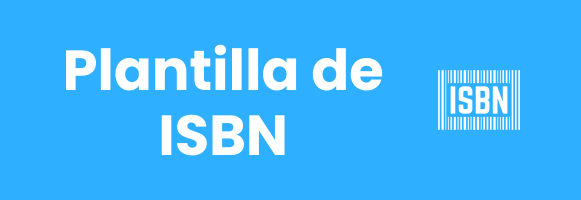
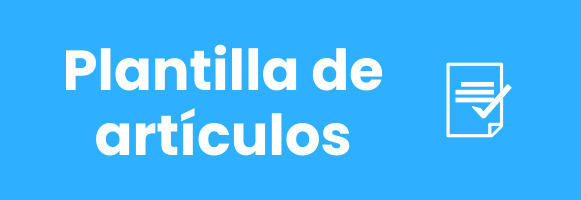


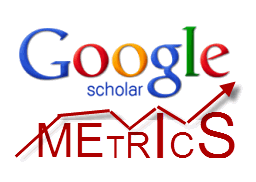
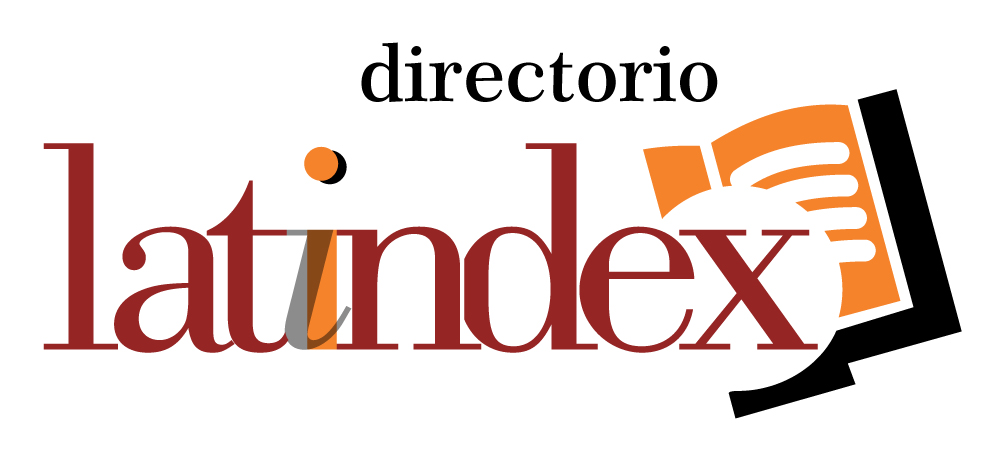
.png)
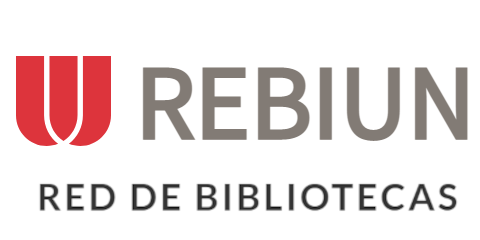







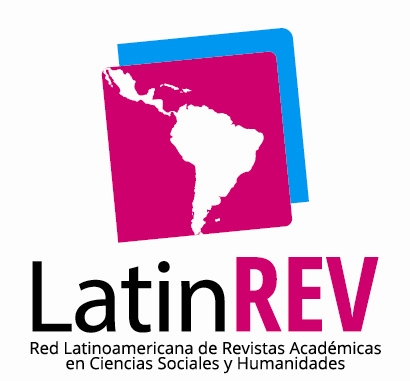

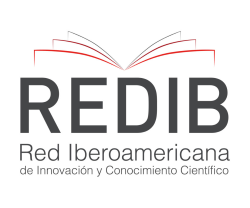


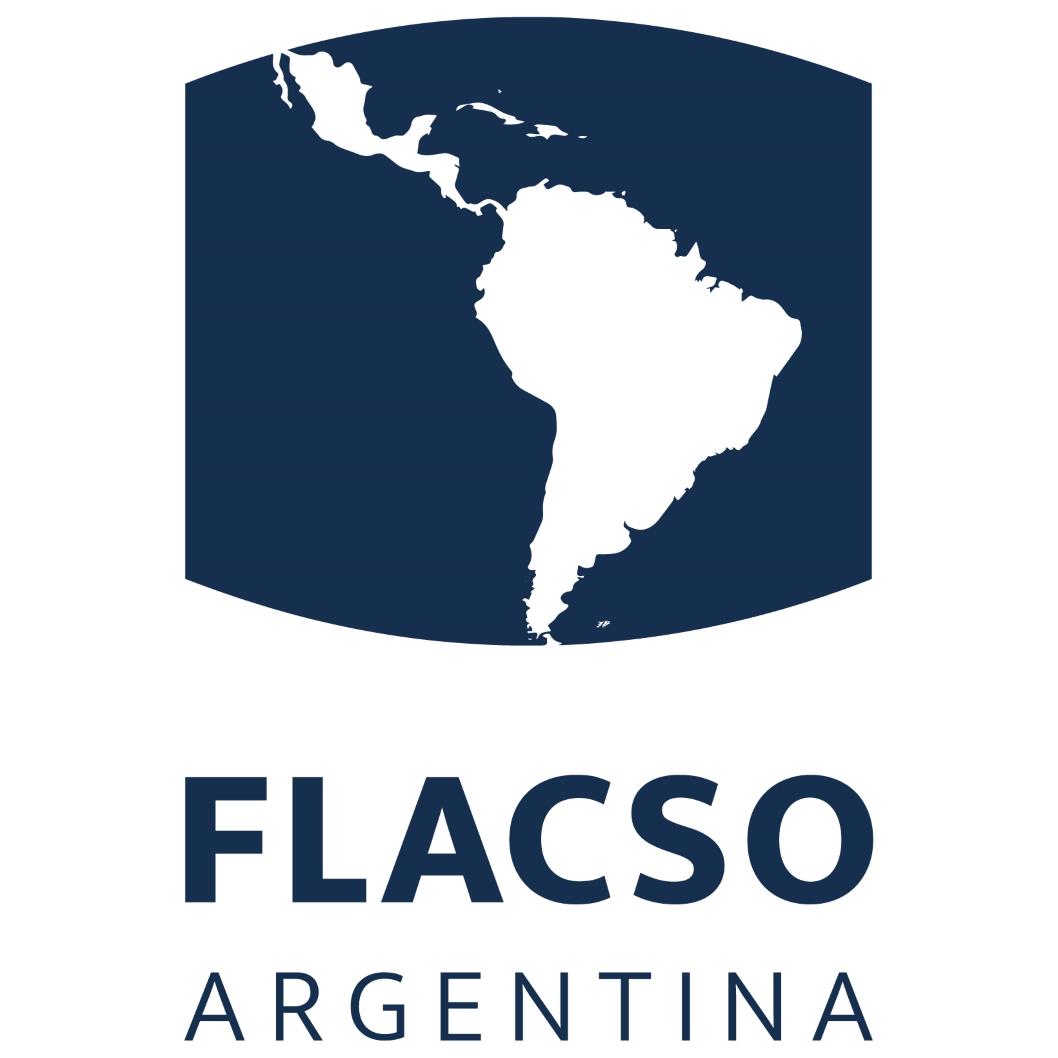


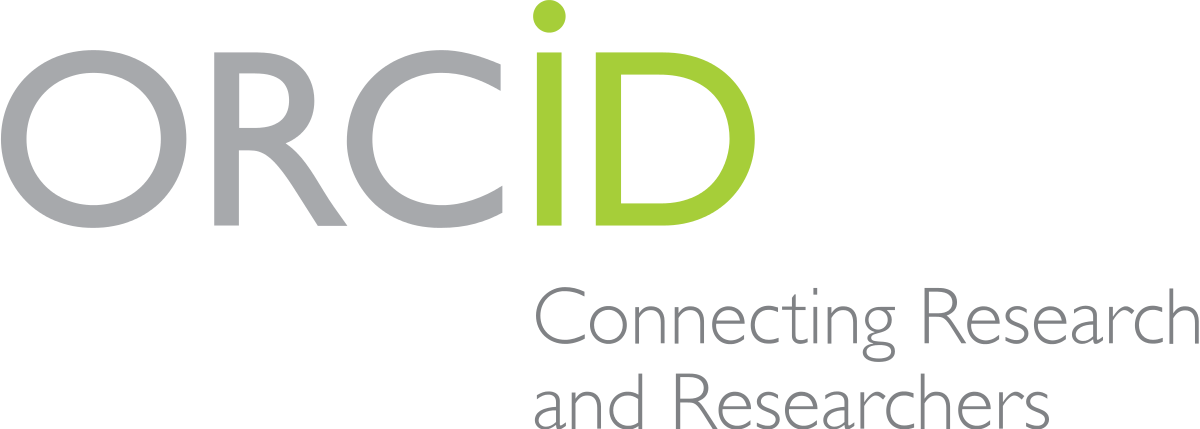



.png)
1.png)


